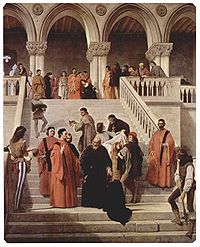The 1300s was a decade of the Julian Calendar that began on 1 January 1300 and ended on 31 December 1309.
The 1310s was a decade of the Julian Calendar which began on January 1, 1310, and ended on December 31, 1319.

Year 1320 (MCCCXX) was a leap year starting on Tuesday of the Julian calendar.
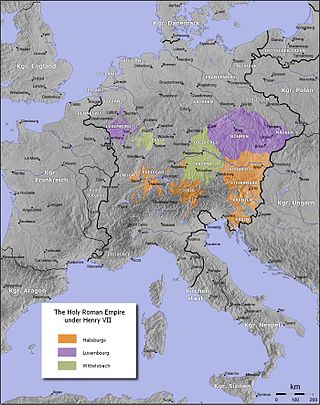
Year 1313 (MCCCXIII) was a common year starting on Monday of the Julian calendar.

Year 1308 (MCCCVIII) was a leap year starting on Monday of the Julian calendar.
The 1290s was a decade of the Julian Calendar which began on January 1, 1290, and ended on December 31, 1299.
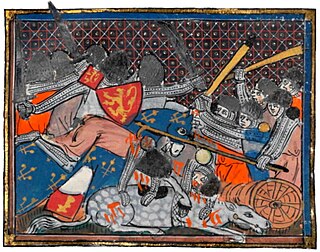
Year 1302 (MCCCII) was a common year starting on Monday of the Julian calendar.
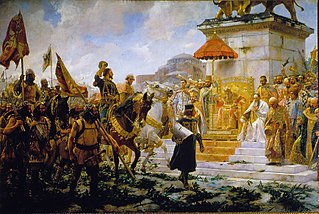
Year 1303 (MCCCIII) was a common year starting on Tuesday of the Julian calendar.

Year 1304 (MCCCIV) was a leap year starting on Wednesday of the Julian calendar.
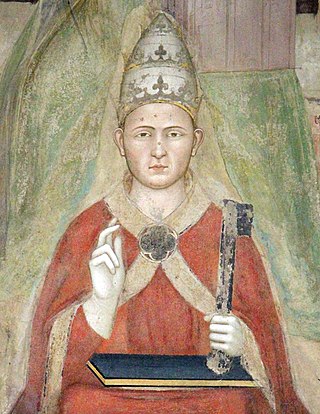
Year 1305 (MCCCV) was a common year starting on Friday of the Julian calendar.

Year 1309 (MCCCIX) was a common year starting on Wednesday of the Julian calendar.
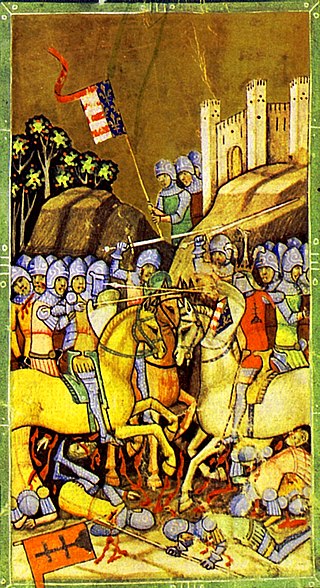
Year 1312 (MCCCXII) was a leap year starting on Saturday of the Julian calendar.

Year 1316 (MCCCXVI) was a leap year starting on Thursday of the Julian calendar.

Year 1291 (MCCXCI) was a common year starting on Monday of the Julian calendar.

Year 1290 (MCCXC) was a common year starting on Sunday of the Julian calendar.
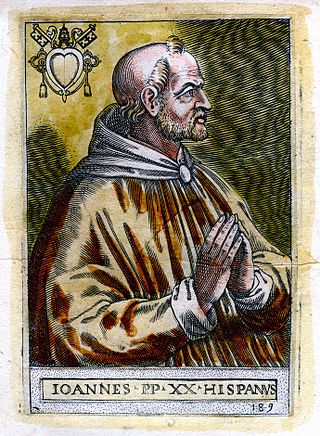
Year 1276 (MCCLXXVI) was a leap year starting on Wednesday of the Julian calendar.

Year 1286 (MCCLXXXVI) was a common year starting on Tuesday of the Julian calendar.

Year 1242 (MCCXLII) was a common year starting on Wednesday of the Julian calendar.

Year 1266 (MCCLXVI) was a common year starting on Friday of the Julian calendar.
In late 1310, the Sultan of Delhi Alauddin Khalji sent his slave-general Malik Kafur on an expedition to the southernmost regions of India. In February 1311, Malik Kafur besieged the Hoysala capital Dwarasamudra, and the defending ruler Veera Ballala III surrendered without much resistance. Ballala agreed to pay the Delhi Sultanate an annual tribute, and surrendered a great amount of wealth, elephants and horses.
